“Data is playing an increasingly important part in the drive towards infrastructure which is better designed, planned, better value and more sustainable whilst underpinning productivity, health, and education.
“Better planned infrastructure can also help safeguard populations and infrastructure against devastating impacts of climatic events such as flooding and drought, and system failures such as electrical outages or traffic congestion,” explains Professor Jim Hall, Chair of DAFNI Governance Board, Professor of Climate and Environmental Risks, Oxford University.
Nowadays it’s hard to think of major infrastructure policy or decisions that haven’t used some form of analytics, modelling and simulation. However those analytics are about to take a step change forwards.
For infrastructure modelling to truly flourish, a number of barriers had to be overcome, such as sharing data across the system of systems, confidentiality, security, computing costs, models based on top academic research, platform dependencies, formatting issues, data transformations, data provenance, repeatable data processing, visualisations to scrutinise and understand results…
“This is where the Data & Analytics Facility for National Infrastructure (DAFNI) comes into its own. DAFNI was set up to bridge the gap between academic research, data analysis and strategic infrastructure planning.
“Already open to pilot projects, in the coming months it will be open to allow academics, government and industry to use its models, data, visualisation software and compute capability to plan infrastructure projects using a system of system approach previously impossible to attain. It’s a virtual space for innovation,” adds Professor Hall.
Data as important as concrete or steel
At the DAFNI Conference (10th June 2019) Sir John Armitt, chair of the National Infrastructure Commission, commented, “Today, unprecedented amounts of data are at our fingertips in an instant. New technologies such as artificial intelligence and machine learning offer the potential for the UK’s existing infrastructure to become smarter and work as an optimised system.
“Data is now as important to UK infrastructure as concrete or steel.
“The key is not just the quality of the data we collect, but how we process it and finally how and where we use it. That’s why today’s launch of the UK’s Data and Analytics Facility for National Infrastructure is an important step forward in using data to transform how we think about infrastructure.
“[The next National Infrastructure Assessment] will set out the priority areas the study will address to ensure that the next National Infrastructure Assessment asks the right questions – and proposes the best solutions – about resilience.
“DAFNI provides a strong platform to help us to do this. It gives us the opportunity to ensure that the recommendations we make in the next Assessment will be based on the best data and robust modelling.”
System of systems model
“Infrastructure research has been limited to individual sectors to date but DAFNI will provide industry, government and research with a way to model, map and visualise a cohesive picture using a system of systems approach. This represents a very important change and will have a dramatic impact on infrastructure planning moving forwards.
“So we could use DAFNI to model where to put a new power station, for example, but also the requirements and impact on water, communications, transport, people, fuel etc. We’ll also start to bring in social and healthcare aspects which are especially difficult to model,” explains Samuel Chorlton, DAFNI Project Lead, Science and Technology Facilities Council, UKRI.
The DAFNI platform already includes 50,000 lines of code in around 20 programming languages and combines 20 independent services. Although the back end is complex, it’s been designed with a web interface which will allow non-programmers to use DAFNI for modelling and scenario planning.
Accessible to industry, government and academics
DAFNI also “lowers the barrier to entry for research”, adds Nick Cook, Senior Analyst, Tessella (Altran Group), “with DAFNI, researchers, government departments or industry don’t need to procure expensive IT infrastructure, set up their own cloud environment or store data.”
Chris Jones, Research and Development Manager from Northumbrian Water Ltd, adds, “Drought, flooding and leakage are key challenges for national infrastructure. The need for collaboration and facilities like DAFNI is paramount.”
Liz Varga, Professor of Complex Systems at UCL, adds, “DAFNI gives insight into what our infrastructure looks like alongside observatories and other investments in infrastructure research. DAFNI can help manage risk and uncertainties – so ahead of physical investments in infrastructure, organisations can carry out tests in environments such as DAFNI and the Digital Twin before they implement.”
Get involved
If you’re interested in collaborating with us on a pilot project or you’d like to include use of DAFNI in a bid you’re working on, get in touch with us on info@dafni.ac.uk.
